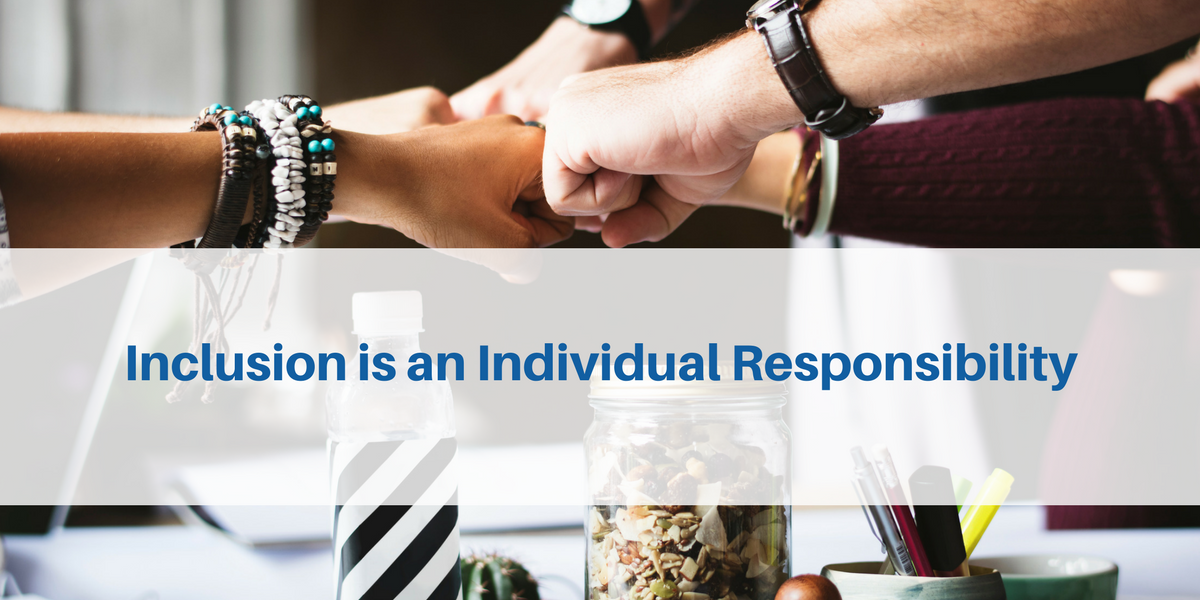The recent news around diversity and inclusion at Google has sparked action and debate. There are dissenting voices, cheering voices, included voices, excluded voices, and even confused voices that say, I don’t know. Ultimately dialogue is needed.
Here is something to consider: When there is a freedom to have your opinion, the important question is about the lack of respect if you have little regard for the impact of perpetuating negative stereotypes. For well over a year we have seen a broad and sweeping flow of “boxing-in” entire groups of people with the publicized use of negative stereotypes, and it increases divisiveness. If you and your organization truly want to work toward inclusiveness, part of your personal strategy and your organizational strategy needs to have a willingness and openness to discuss, to educate and understand the impact of actions and behaviors.
Do the recent events promote an awareness of the broad spectrum of negative stereotypes that hold women, people of color and LGBTQ persons move inclusion forward? Could there be a silver lining behind the cloud? Possibly. But the real work is in the clearing of the “cloud” through building awareness and recognizing behaviors and practices that are set with good intentions in the mind and eye of the beholder, but do nothing to move toward equity. And, the bottom line is that there is an individual responsibility. An organization can put into place procedures intended to be inclusive. But the individuals in the organization are the ones who are either aligned with the goals and practices or not, and their behaviors are evidence of their beliefs and biases.
Here are three things you can do:
- Know your organization’s policies and goals around diversity and inclusion and equity. If there is not one, raise the question to start the conversations. It is short sighted to ignore that diversity and inclusion are important aspects of organizational effectiveness. The lack of focus on realizing the business case and the need for diversity in a global society is like being an ostrich with its head in the sand.
- Be aware of your beliefs and whether they align with the organizational goals.
- Think, before you speak and recognize the impact of your actions and beliefs. And if you “just don’t get it,” talk with others to gather different perspectives and educate yourself on how individuals and the organization are affected.
Everyone has a choice. You can be part of the problem of the lack of inclusion and thus, contribute to the divisions and negativity, or you can be part of the solution that supports creating an environment where everyone can have the opportunity to succeed.







